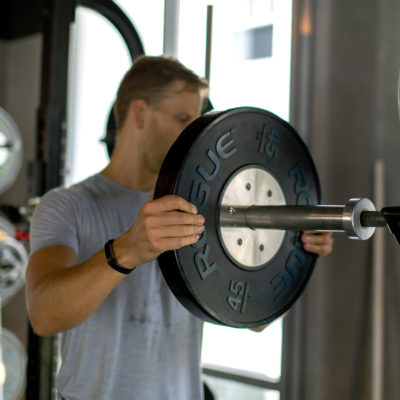
High Performance Business Executive – Part 2 – Nutrition for the Travelling Executive
In Part 1 we looked at exercise and how this can be applied to the travelling business executive who is looking to perform at their
The Holy Month of Ramadan can cause many challenges for the body-conscious individual. Fasting, specifically intermittent fasting, can be extremely helpful for those with targeted goals. However, many people struggle with the shift in eating patterns, which results in body composition, strength, endurance, and overall health often taking a turn for the worse.
In this post I will be focusing on the training specifics of how someone can train during Ramadan in the fasted and non-fasted state, both to achieve optimal results.
The first thing we must all understand and respect is that during this month, the body is extremely stressed out. Fasting in the desert heat for more than 12 hours creates a huge surge in cortisol (a catabolic hormone which leads to fat storage and muscle breakdown). So by training during this time you are potentially putting further stress demands, on an already stressed out body. So the question remains: what sort of training should one do while fasting?
Well, there are several options we can look at:
Typically you are looking at less reps, more sets and longer rest periods. The advantage of this is that it does not cause a significant amount of muscular damage, but induces more of a central nervous system response. Typically strength training will activate un-active muscle fibres, this will create a dense look. When training for strength, overall energy expenditure can be lower when compared to the other training systems. When doing strength training while fasted, expect to be lifting lower weights than normal, this is because primary fuel source (ATP) will be depleted, dehydration also adversely effects the bodies ability to produce force.
Following a strength programme during Ramadan will allow for you to focus on muscle activation while under a lighter load. This focus on technique will carry into your next phase of training where you will see leaps and bounds in body composition and strength.
Here you are looking at medium to high reps, medium sets with medium to short rest. An advantage of this training system is that it may allow for an increased resting metabolic rate. By continually activating muscle fibres and creating muscle damage related stress, your body is going to be using the nutrients supplied (think those big meals when you break your fast) to restore tired and broken muscles. The down side to this training system is that it will create a increased stress response, due to high volume of work undertaken by the muscle and the amount of muscle fibre damage created.
This is probably the most popular training system I have encountered throughout the fasting population. Unfortunately, doing cardio while fasted will not increase fat oxidation; it will merely promote muscle protein break down. It is considerably easier for the body to generate energy from protein than it is from fat, so unless you have been deliberate with your cardio timing, supplementation and nutrition, it is very unlikely you will be promoting fat loss. Cardio does have its advantages though, and for a lot of people doing some cardio is very relaxing. This mental relaxation can help lower overall cortisol and stress, which in turn can help prevent negative effects from fasting.
You are looking at a variety of rep ranges with typically short rest periods; thus creating activation of every muscle group in the body during every workout. Advantages of this training system is that it will promote retention of lean muscle mass and the break down of body fat. Growth hormone production is high as a bi-product of this type of training (one of the most anabolic hormones to the body, muscle building, and fat loss). The big disadvantage of this style of training is that it causes huge amounts of dehydration and stress, especially if you are training correctly and leave nothing left to give.
So which do I recommend as a training system during Ramadan? From my experience, if people are training pre-Fatoor, I have experienced best results with a hypertrophy based system. Focusing on structural balance and developing weak or underdeveloped muscles in the body (typically hamstrings, VMO, posterior deltoid, lower traps and lower back) can blunt the training related cortisol with the sugar from the mandatory dates and refuel and rebuild with the protein based meal shortly after.
For people training post-Fatoor, I recommend strength training or energy system training, depending on your goals. The Fatoor charge acts as an opportunity to rehydrate and restore some ATP levels to accommodate for this slightly more taxing style of training, with the opportunity to then fully recover from the training during Iftar.
As you go into the holy month, take away these tips:
Try to learn a new skill in the gym
Do not push yourself to failure, instead stick to about 80-85% of your maximum
Use this month as a opportunity to address the weak links in your bod

In Part 1 we looked at exercise and how this can be applied to the travelling business executive who is looking to perform at their

Business travel is a modern day reality, especially in the Middle East. There are many executives undertaking long haul flights on a weekly basis. This

D5 Coach Adam McCubbin discusses tailoring your training and nutrition to your individual requirements One size doesn’t fit all when it comes to training, nutrition